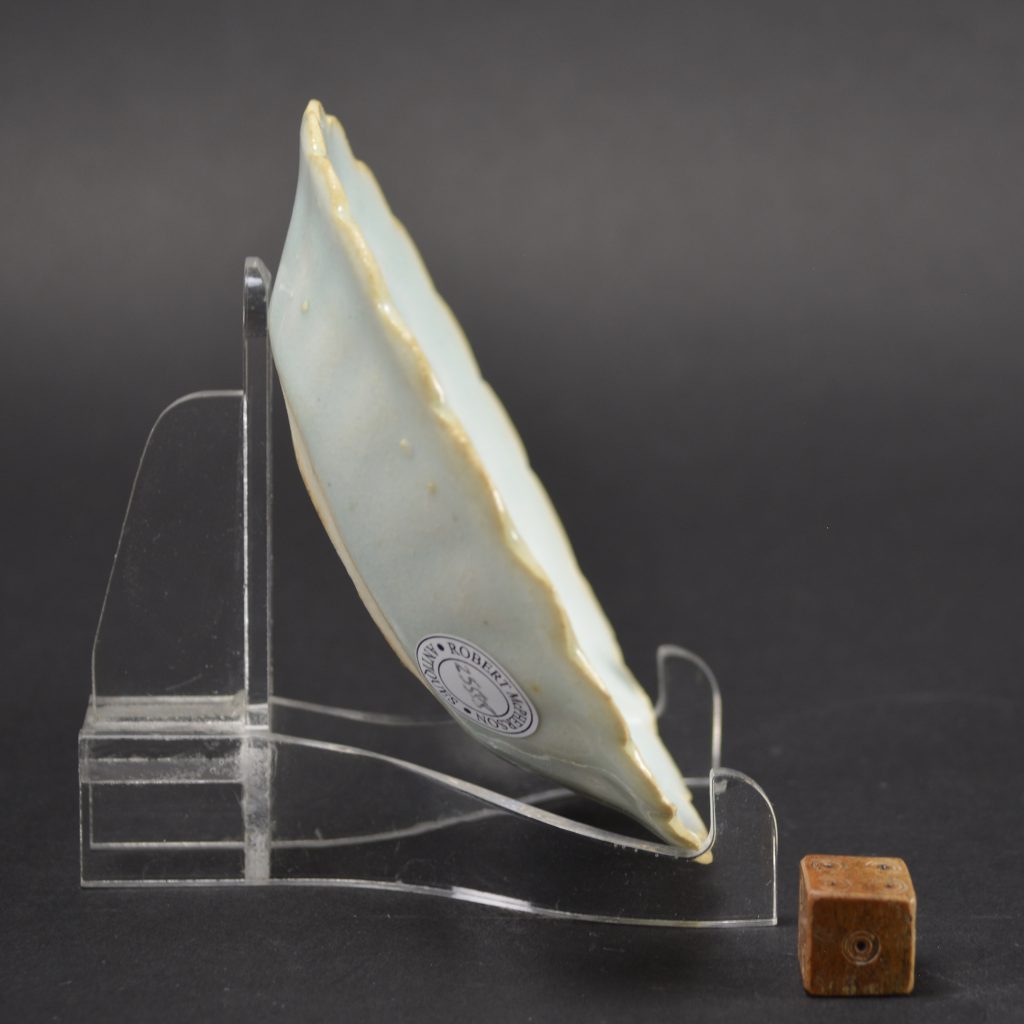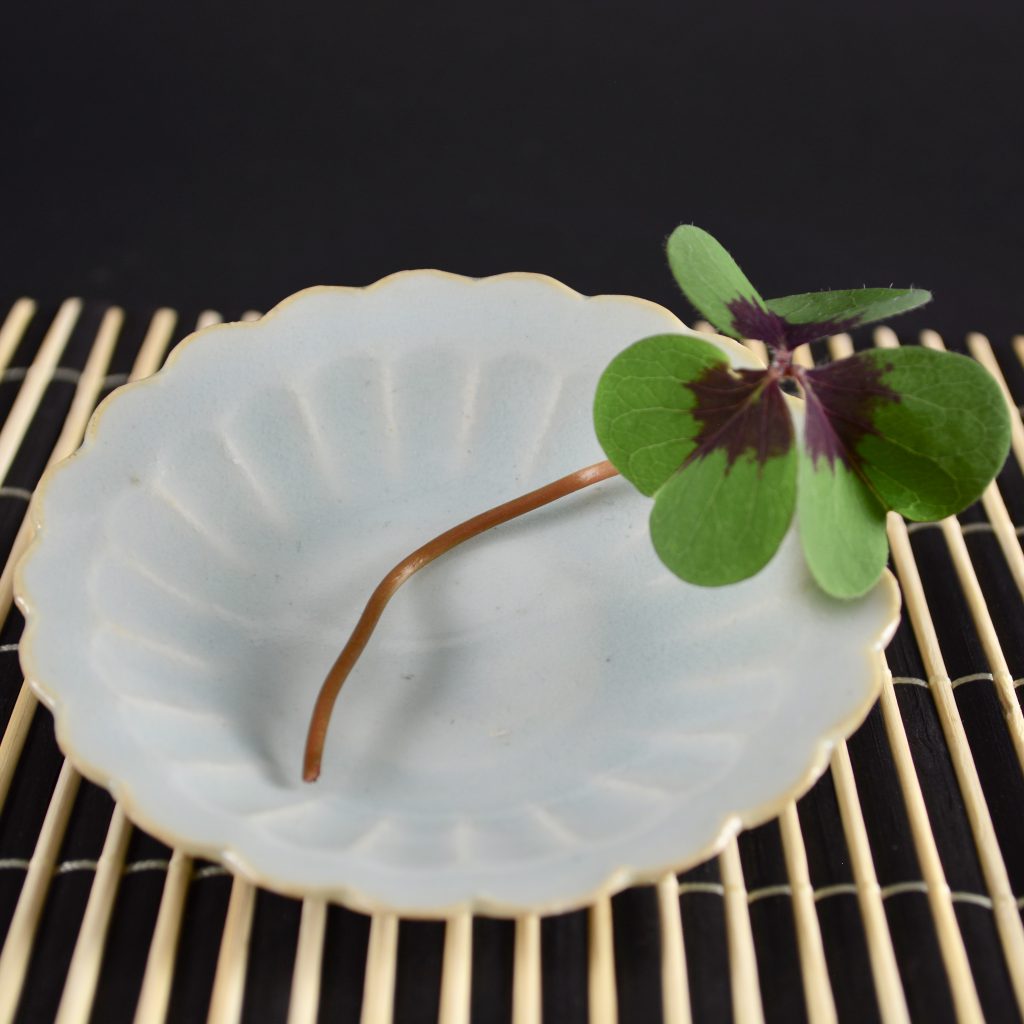
Song Dynasty Qingbai Porcelain Flower Shaped Dish
A Small Song Qingbai Ware Porcelain Chrysanthemum Flower Shaped Dish, 12th century or 13th Century, probably from a kiln at Jingdezhen, perhaps Hutian. This Song porcelain dish is rather thick, especially the base. The petals of the chrysanthemum flower are moulded and the foliate rim is cut. This small Qingbai ware dish sits on a flat unglazed based that has left the clay somewhat darker where it sat on the kiln support. The area around the base has been cut to create a barrier to prevent any glaze that might have run in the glaze firing. This is not common practice for Qingbai porcelain. The colour is good, rather better than the photographs might suggest.
SOLD
- Condition
- In excellent condition, two minute glaze frits..
- Size
- Diameter 10.3 cm (4 inches)
- Provenance
- N/A
- Stock number
- 25588
Information
Qingbai Ware
The earliest known qingbai wares were produced in Jingdezhen in Jiangxi province around the late 10th century and are characterized by faint pale-blue glazes on low, wide forms. Qingbai continued to be enormously popular and highly produced throughout the Song dynasty (960-1279) and was prevalent in the Yuan dynasty (1279-1368), but slackened during the Ming dynasty (1368-1644) until being replaced by tianbai, ‘sweet white’ ware. The initial forms of qingbai were simple bowls and dishes, but by the mid-Northern Song the forms had advanced to include a wide variety of objects used for daily life such as ewers, boxes, incense burners, granary models, vases, jars, sculptures, cups, cupstands, water droppers, lamps, grave wares, and tools for writing and painting. The precedent for the majority of these forms is found in earlier metalwork and lacquer and Rawson has suggested that the imitation of silver was the primary force behind the production of white wares, including qingbai. See our `History` section for more information about Song Porcelain and Stoneware by Mindy M. McDonald.














